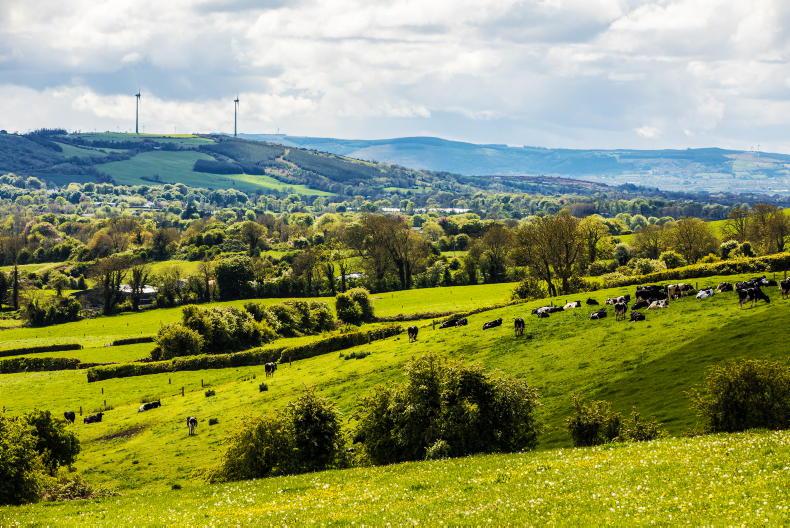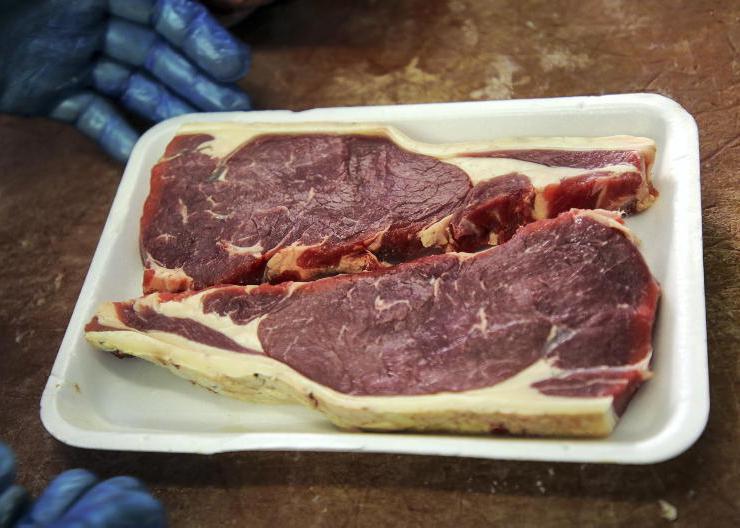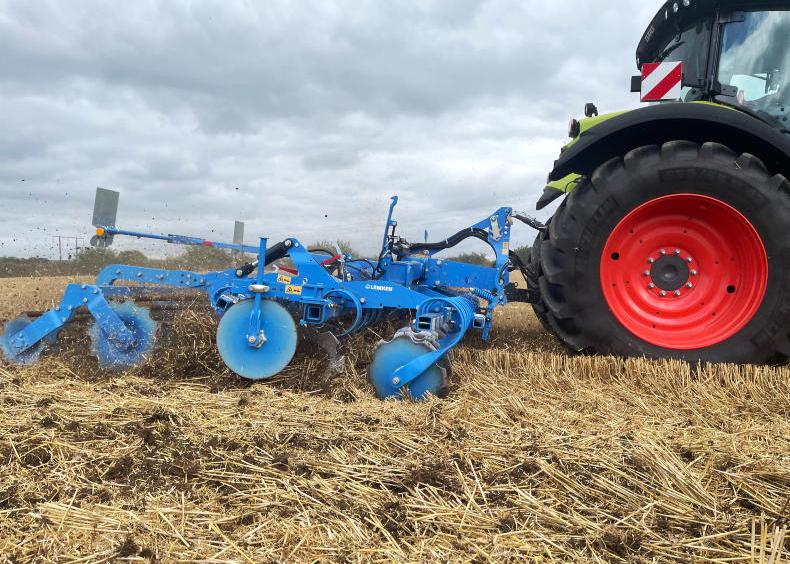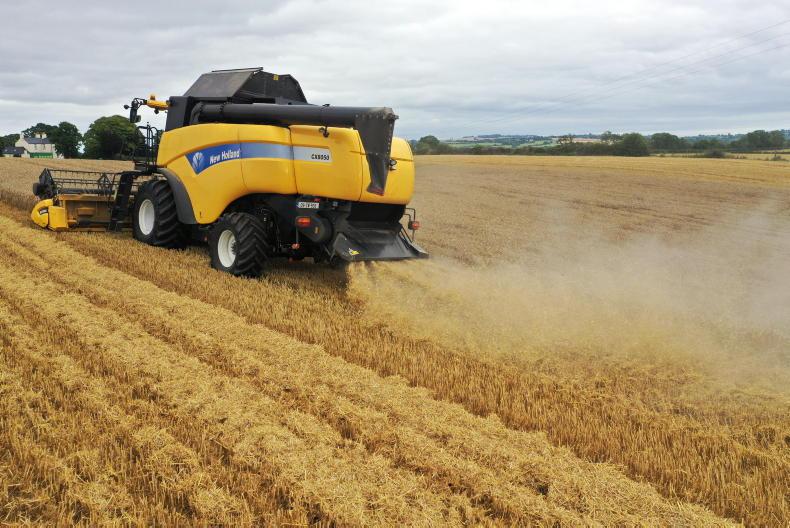We are all familiar with the idea that CAP payments should go to those who are calving the cow, rearing the lamb and sowing the crop.
In reality, it’s not as simple as that. The next CAP has a total budget of €365bn, making it the single largest spending area for the EU. Ireland will receive a €10bn slice of the pie.
There is no doubting the policy’s crucial importance to farmers, reflected in the fierce fight to defend the budget. The question is, in whose pocket will this money end up?
I came across an EU-wide study this week that set out to examine the 50 largest beneficiaries of CAP funds across the EU and in each member state. It sampled all payments made in 2018 and 2019.
Unsurprisingly, the answer wasn’t straightforward. CAP payments come in many different forms, whether they be direct payments to farmers, scheme payments, or money to third parties to administer programmes such as knowledge transfer or the promotion of agri-food products.
The researchers found that while the direct beneficiaries of payments were listed in all cases, the ultimate benefactor was harder to trace. It recommended a common EU-wide database capable of tracing all CAP payments – hard to argue with that if you want to ensure value for money.
It also wants to make it easier to trace whose pocket the payment ultimately ends up in.
Irish representative
Ireland has one representative on the EU-wide list, Teagasc, which received a cool €15.2m in 2018 and €14.2m in 2019, ranking it 13th and 17th in the top 50 respectively.
Ireland’s top five for 2019 was completed by the Commercial Mushroom Producers Co-op (€3.9m), Bord Bia (€3.9m), Donegal Local Community Development Committee (€2.9m), and the Hen Harrier Project (€2.7m).
Of course, in the above cases, most of the payments do filter down to farmers.
The real question of transparency must come around direct payments. The next CAP is set to have more stringent payment limits, so could we see large payments split to avoid such measures? The ultimate recipient would remain the same, but under a different name.
And of course there is the nettle of the genuine farmer that no one has yet to grasp. Will all the armchair farmers please stand up?









SHARING OPTIONS